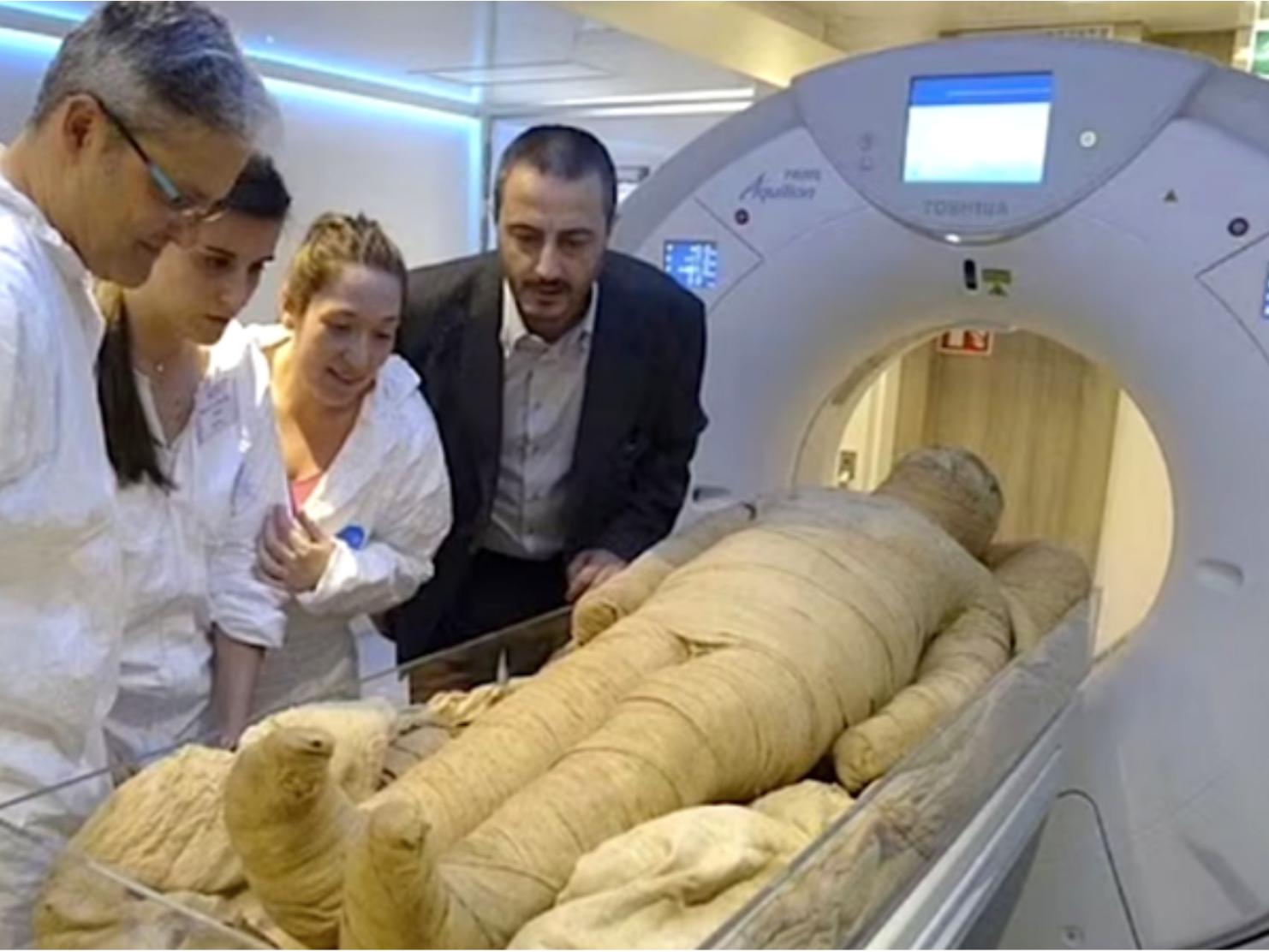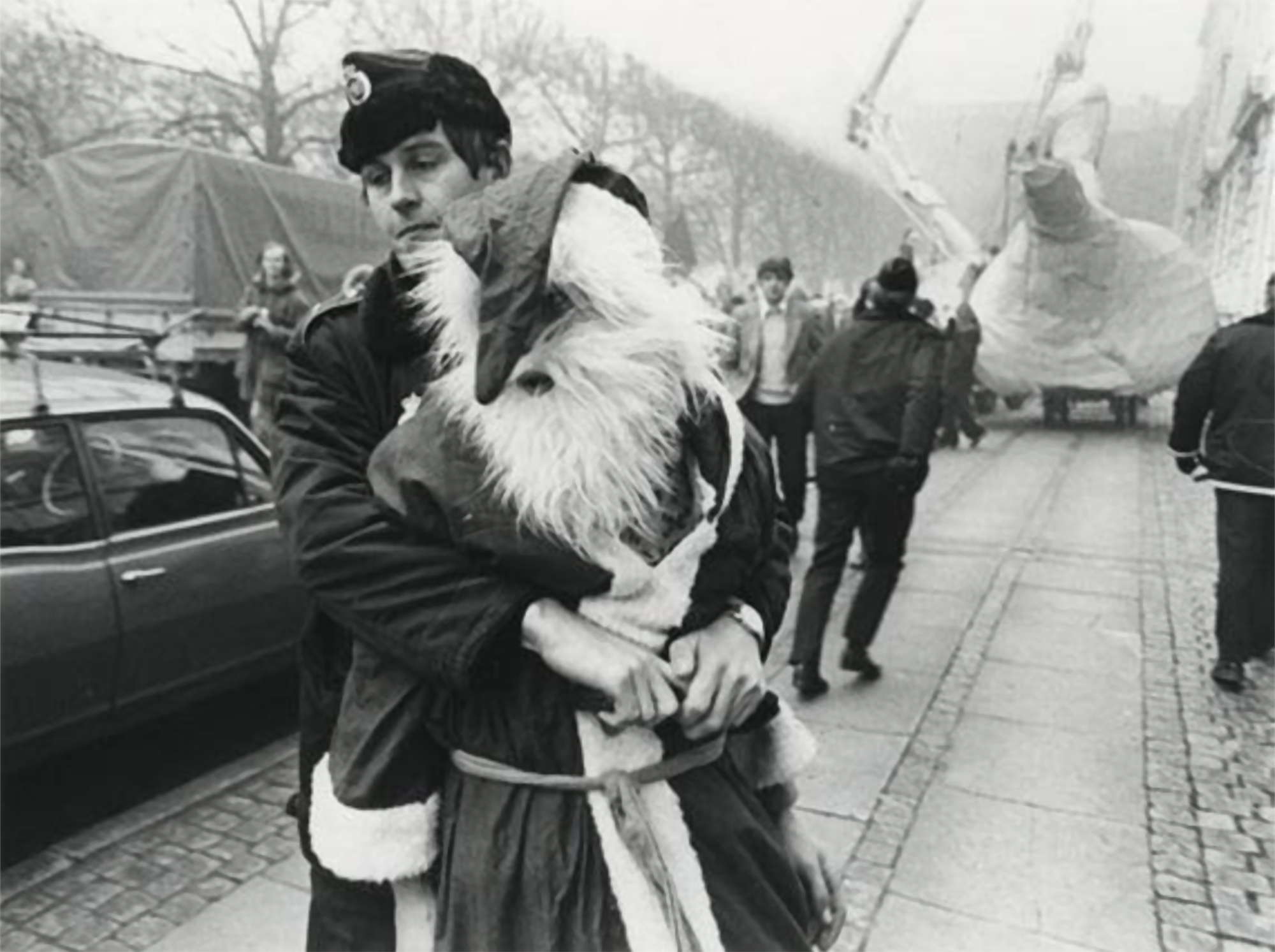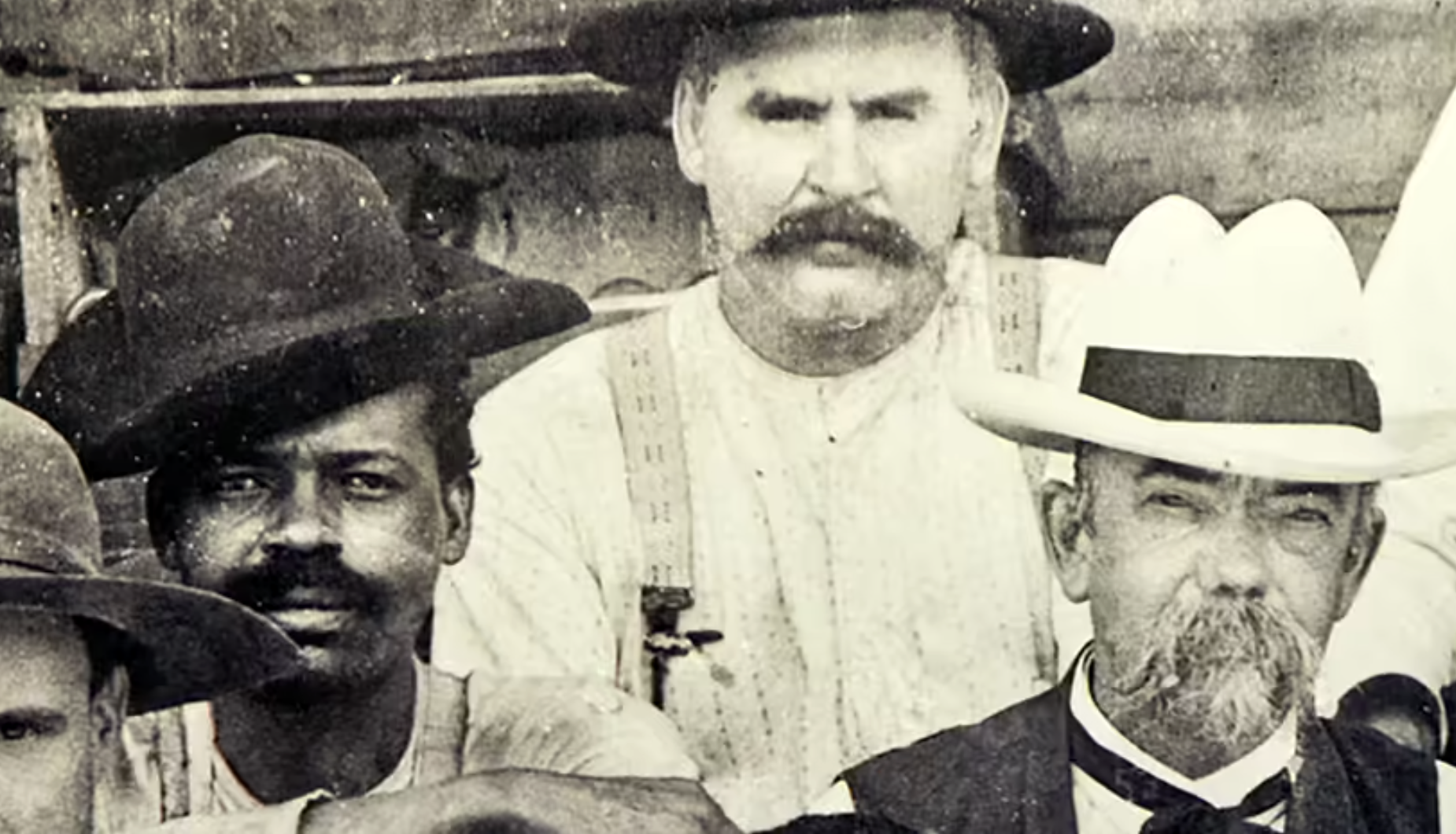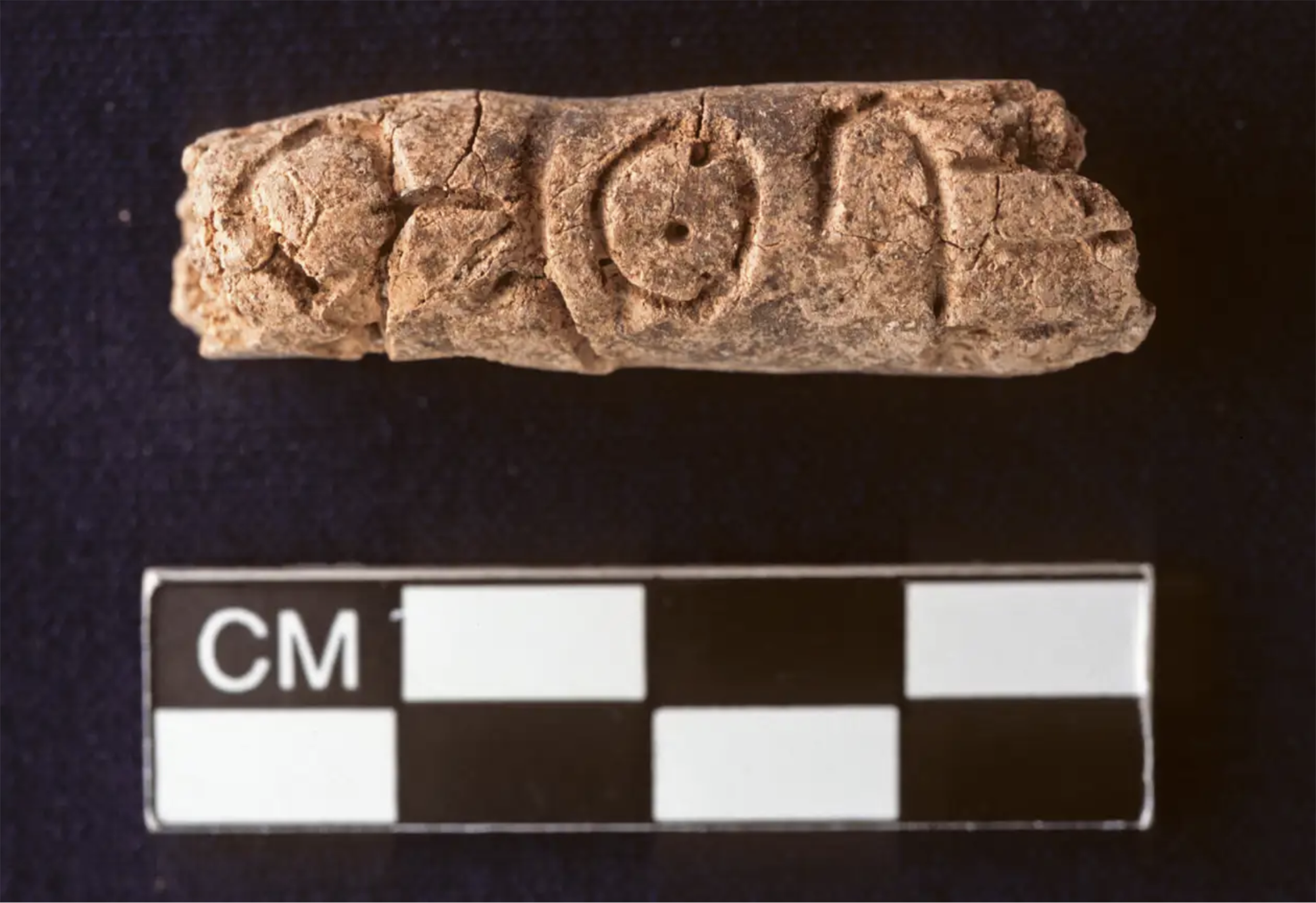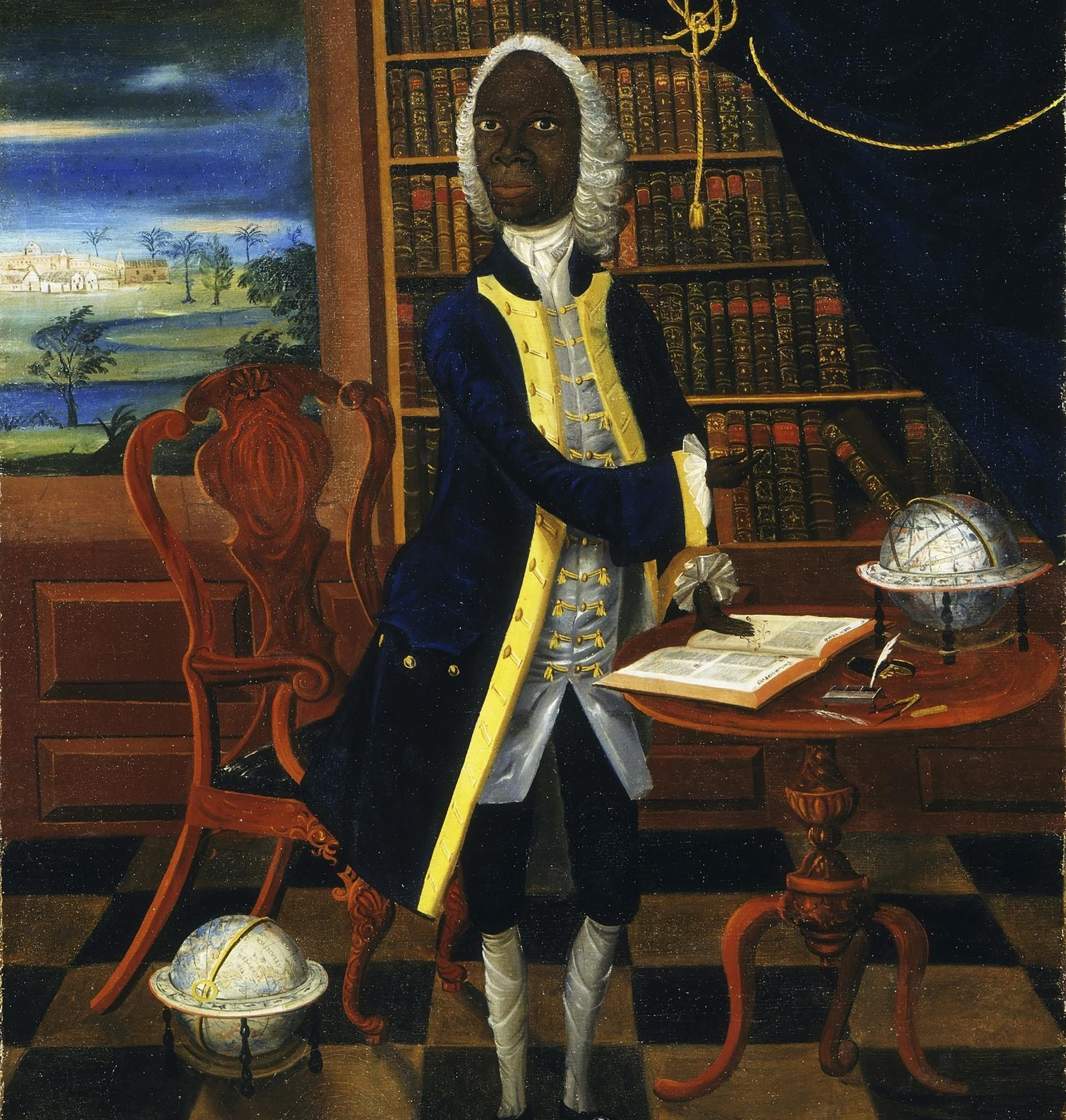Timetable on the horizon
- The Mexican Valley, 15th century. Before the arrival of the European conquerors, about 3 million people lived in depression. Premature or late planting of crops could cause deterioration in such a populated environment, and it was therefore essential for them to use an absolutely precise timetable at all times.
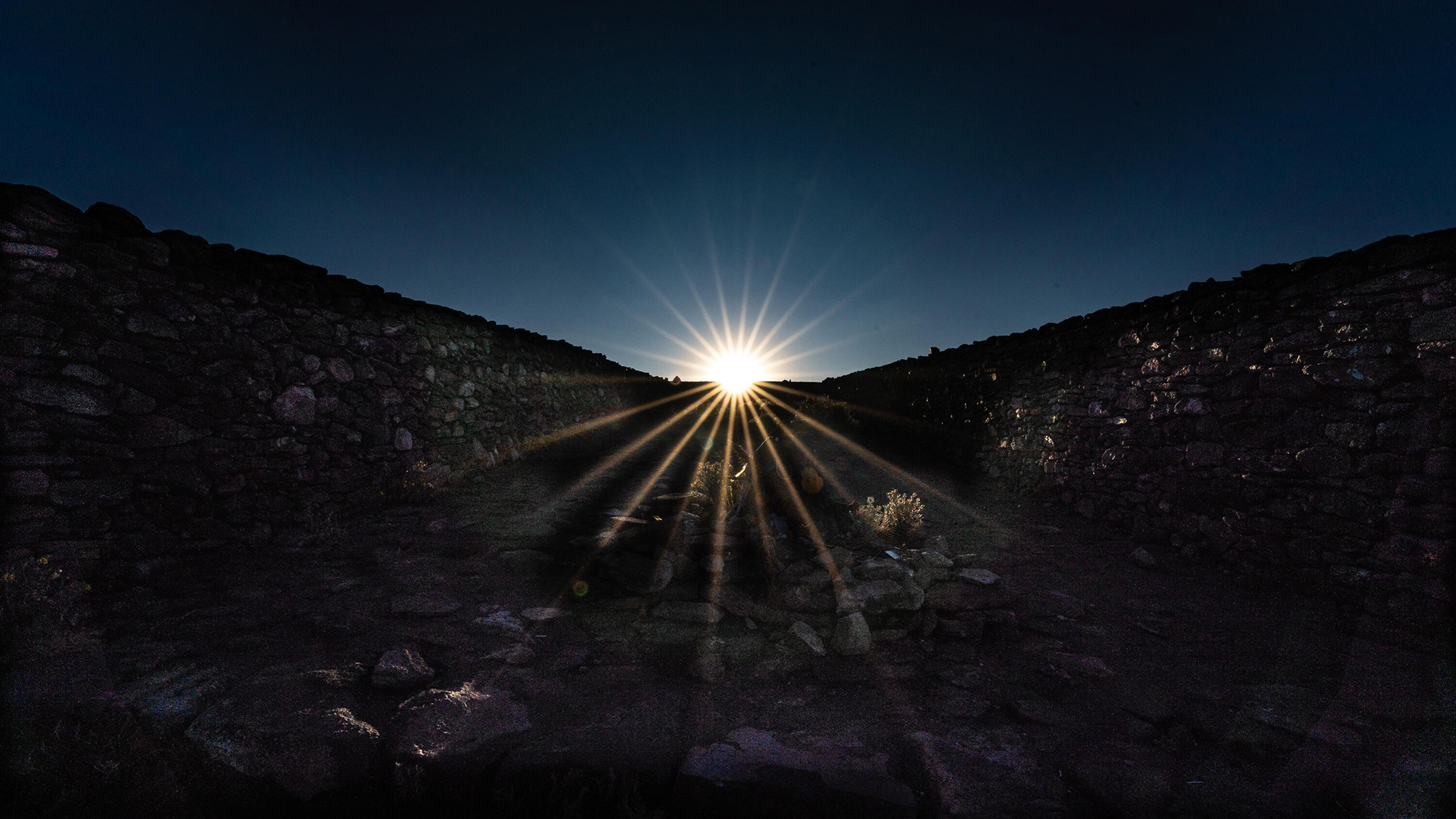
To do so, they chose a specific point as a solar observatory and, looking towards the skies of Sierra Nevada, they received from where the sun was coming from every day. Thus, they analyzed all the nuances of the seasons, predicting when the driest and rainy seasons came, choosing the most suitable moments for planting… And so, among other things, they brought the updated visenios, while in Europe they accumulated and somehow repaired the mismatches.
In recent years, several studies have been carried out on the horizon calendars. In 2020, Juan Rafael Zimbrone published an article on the Santa Cruz Acalpixca Long Stone site calendar. In 2021, Francisco Salvador Granados completed work on the calendar used by astronomers of the Cuauhnahuac temple. And recently, the ecologist Exequiel Ezcurra of the University of California has published in the PNAS journal the most detailed study of the subject.
In order to know the exact location of the observatory, the Ezcurra team has not only taken into account the Aztec documents of the time, but has used computerized astronomical systems and has concluded that its location was on a road in the temple of Mount Tlaloc. But from this point on, the researcher’s hypothesis is that “they used the entire Mexican valley, that depression itself was their work instrument”. The well-known Stone of the Sun has often been called the “Aztec calendar”, but Ezcurra thinks this is not right. This sculpture was used in rituals, but not as a calendar, “it had no practical use”.
Today, although Mount Tlaloc has lost its old function, Ezcurra wants to give it a new value, since since the 1940s he has observed that over the years the vegetation grows on the slopes. “What was once a time observatory in the 21st century can also be an observatory to understand climate change.”
Japan, 8th century. In the middle of the Nara Era they began to use the term furoshiki, but until the Edo Era (XVII-XIX. the 20th century) did not spread. Furoshiki is the art of collecting objects in ovens, but its etymology makes its origin clear: furo means bath and shiki... [+]
In an Egyptian mummy of 3,300 years ago, traces of Yersinia pestis, the bacterium that caused the Justinian plague in the 6th century and the Black Plague in the 14th century, have just been found.
Experts until now believed that at that time the plague had spread only in... [+]
Greenland, the end of the 10th century. The first Scandinavian explorers and settlers arrived on the island. But by the 15th century these settlements had been abandoned and the original Inuit remained. But in 1721, the missionary Hans Egede organized an expedition and the... [+]
In 2017, Indonesia and the Netherlands signed an agreement to return the heritage stolen by the European country because of colonialism for three centuries. The Indonesian responsible for the return process, Gusti Agung Wesaka Puja, explained that this agreement "was important in... [+]
Greece 1975. The country began the year as a republic, three weeks earlier, in the referendum on 8 December 1974, after the citizens decided on the end of the monarchy.
A decade earlier, in 1964, when King Paul I died, his son Constantine took the throne at the age of 23.
But... [+]
Copenhagen, 18 December 1974 At 12 noon a ferry arrived at the port, from where a group of about 100 Santa Claus landed. They brought a gigantic geese with them. The idea was to make a kind of “Trojan Goose” and, upon reaching the city, to pull the white beard costumes... [+]
Tennessee (United States), 1820. The slave Nathan Green is born, known as Nearest Uncle or Nearest Uncle. We do not know exactly when he was born and, in general, we have very little data about him until 1863, when he achieved emancipation. We know that in the late 1850s Dan... [+]
New York, 1960. At a UN meeting, Nigeria’s Foreign Minister and UN ambassador Jaja Wachucu slept. Nigeria had just achieved independence on 1 October. Therefore, Wachuku became the first UN representative in Nigeria and had just taken office.
In contradiction to the... [+]
Researchers at Johns Hopkins University have discovered several cylinders with inscriptions at the present Syrian Reservoir, the Tell Umm-el Marra. Experts believe that the signs written in these pieces of clay can be alphabetical.
In the 15th century a. The cylinders have... [+]
London 1928. At the Victoria and Albert Museum there was a very special painting: in the painting there is a black man, with wig and Levite, surrounded by books and scientific instruments. Thus it was catalogued in the Museum: “Unique satirical portrait representing a failed... [+]
Ethiopia, 24 November 1974. Lucy's skeleton was found in Hadar, one of the oldest traces of human ancestors. The Australian hominid of Australopithecus afarensis is between 3.2 and 3.5 million years old.
So they considered it the ancestor of species, the mother of all of us. In... [+]
A group of archaeologists from the University of Berkeley, California, USA. That is, men didn't launch the lances to hunt mammoths and other great mammals. That was the most widespread hypothesis so far, the technique we've seen in movies, video games ...
But the study, published... [+]
Zamora, late 10th century. On the banks of the Douro River and outside the city walls the church of Santiago de los Caballeros was built. The inside capitals of the church depict varied scenes with sexual content: an orgy, a naked woman holding the penis of a man… in the... [+]
Born 7 November 1924. A group of anarchists broke into Bera this morning to protest against the dictatorship of Primo de Rivera and to begin the revolution in the Spanish state.
Last October, the composition of the Central Board was announced between the displaced from Spain... [+]












